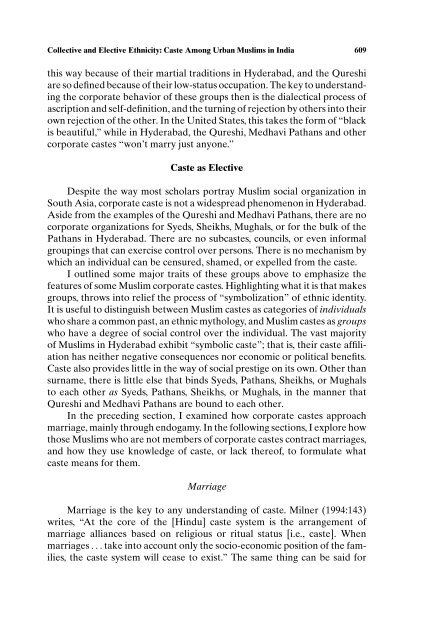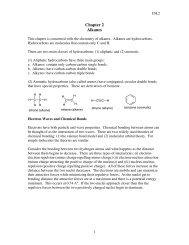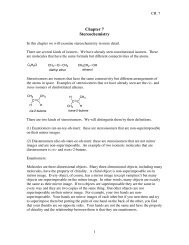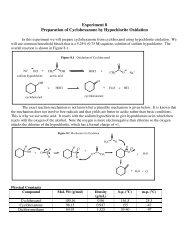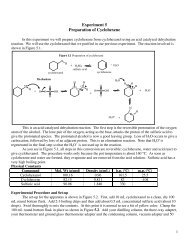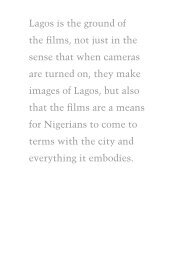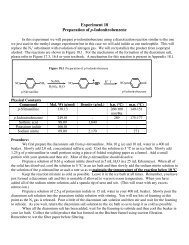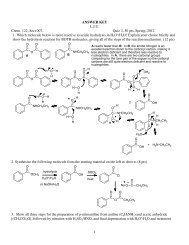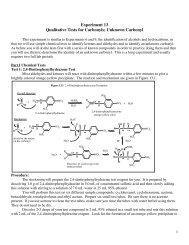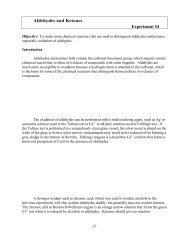Collective and Elective Ethnicity: Caste Among Urban ... - myweb
Collective and Elective Ethnicity: Caste Among Urban ... - myweb
Collective and Elective Ethnicity: Caste Among Urban ... - myweb
You also want an ePaper? Increase the reach of your titles
YUMPU automatically turns print PDFs into web optimized ePapers that Google loves.
<strong>Collective</strong> <strong>and</strong> <strong>Elective</strong> <strong>Ethnicity</strong>: <strong>Caste</strong> <strong>Among</strong> <strong>Urban</strong> Muslims in India 609this way because of their martial traditions in Hyderabad, <strong>and</strong> the Qureshiare so defined because of their low-status occupation. The key to underst<strong>and</strong>ingthe corporate behavior of these groups then is the dialectical process ofascription <strong>and</strong> self-definition, <strong>and</strong> the turning of rejection by others into theirown rejection of the other. In the United States, this takes the form of “blackis beautiful,” while in Hyderabad, the Qureshi, Medhavi Pathans <strong>and</strong> othercorporate castes “won’t marry just anyone.”<strong>Caste</strong> as <strong>Elective</strong>Despite the way most scholars portray Muslim social organization inSouth Asia, corporate caste is not a widespread phenomenon in Hyderabad.Aside from the examples of the Qureshi <strong>and</strong> Medhavi Pathans, there are nocorporate organizations for Syeds, Sheikhs, Mughals, or for the bulk of thePathans in Hyderabad. There are no subcastes, councils, or even informalgroupings that can exercise control over persons. There is no mechanism bywhich an individual can be censured, shamed, or expelled from the caste.I outlined some major traits of these groups above to emphasize thefeatures of some Muslim corporate castes. Highlighting what it is that makesgroups, throws into relief the process of “symbolization” of ethnic identity.It is useful to distinguish between Muslim castes as categories of individualswho share a common past, an ethnic mythology, <strong>and</strong> Muslim castes as groupswho have a degree of social control over the individual. The vast majorityof Muslims in Hyderabad exhibit “symbolic caste”; that is, their caste affiliationhas neither negative consequences nor economic or political benefits.<strong>Caste</strong> also provides little in the way of social prestige on its own. Other thansurname, there is little else that binds Syeds, Pathans, Sheikhs, or Mughalsto each other as Syeds, Pathans, Sheikhs, or Mughals, in the manner thatQureshi <strong>and</strong> Medhavi Pathans are bound to each other.In the preceding section, I examined how corporate castes approachmarriage, mainly through endogamy. In the following sections, I explore howthose Muslims who are not members of corporate castes contract marriages,<strong>and</strong> how they use knowledge of caste, or lack thereof, to formulate whatcaste means for them.MarriageMarriage is the key to any underst<strong>and</strong>ing of caste. Milner (1994:143)writes, “At the core of the [Hindu] caste system is the arrangement ofmarriage alliances based on religious or ritual status [i.e., caste]. Whenmarriages ...take into account only the socio-economic position of the families,the caste system will cease to exist.” The same thing can be said for


